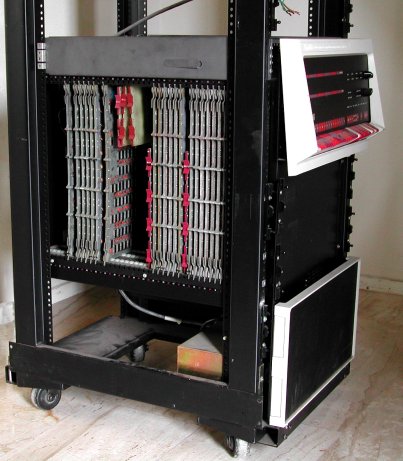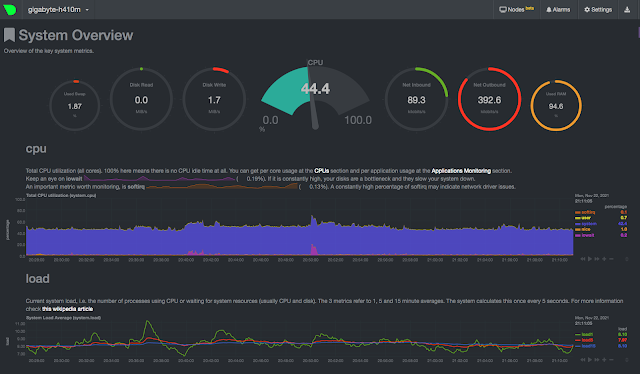I have been playing around with a SimH PDP-11/24 running RSX-11M-Plus 4.6 from 2016. A fairly complete installation with DECnet networking, BASIC PLUS 2, DIBOL, PASCAL, C AND COBOL language support, it was nonetheless missing TCP/IP connectivity. This month I finally got around to giving it a refresh, upgrading to a PDP-11/93 (the fastest QBUS PDP-11) with dual network adapters and a DPV11 line for DDCMP. (SimH support for DPV11 is, however, currently a work in progress; hopefully a future version of SimH will incorporate complete DPV11 support to allow some fun with DDCMP without having to switch to UNIBUS machine).
Thanks to the efforts of others, I did not have to reinstall RSX from grounds up once again. A fully configured PDP-11/70 including BQTCP and lots of software is available for download at www.rsx11m.com (look for the links saying "Download PiDP-11 DU0 RSX11M+ V4.6 w/ BQ TCP/IP" and "Download PiDP-11 DU1 containg RSX Sig Tapes"). This distribution, itself based on the PiDP-11 project distribution, is perfect for starting off a UNIBUS PDP-11/70 machine ripe for SYSGEN/NETGEN/IPGEN into whatever PDP-11 model one desires.
The following SYSGEN, NETGEN and IPGEN phases were performed on a fresh install of the downloaded and configured PDP-11/70. LB:[1,2]LOGIN.TXT in the logs below still show "PiDP-11/70 PiDP11" and was corrected later on.
SYSGEN
SYSGEN does not allow for more than one ethernet adapter. The NETGEN procedure, however, does allow dual network adapters. For SYSGEN, the answer is 1 for this question:
>; XE: controller: DEUNA
>;
>; The Digital Equipment UNIBUS Network Adapter (DEUNA) is a data
>; communications controller used to interface PDP-11 family computers
>; to the Ethernet local area network.
>;
>* CP8504 How many DEUNA Ethernet controllers do you have? [O R:0-1 D:0]: 1
NETGEN
In NETGEN, we get to specify two network adapters. We also do not bring up QNA-1 automatically because QNA-1 will not have DECnet on it, only TCP/IP as we specify during the IPGEN phase next.
>* 01.00 Device Driver Process name [<RET>=Done] [S R:0-3]: QNA
>* 02.00 How many QNA controllers are there [D R:1.-2. D:1.]: 2
>* 02.01 Are all QNAs installed at the same device priority [D=N]? [Y/N]: Y
>* 02.02 What is the QNA device priority [O R:4-6 D:5]:
>;
>* 03.01 CSR address for QNA-0 [O R:160000-177777 D:174440]: 174440
>* 03.02 Vector address for QNA-0 [O R:0-774 D:120]: 120
>;
>* 04.07 Set the state for QNA-0 ON when loading the network [D=N]? [Y/N]: Y
>;
>* 03.01 CSR address for QNA-1 [O R:160000-177777 D:174460]: 174460
>* 03.02 Vector address for QNA-1 [O R:0-774 D:130]:
>;
>* 04.07 Set the state for QNA-1 ON when loading the network [D=N]? [Y/N]: N
IPGEN (BQTCP)
The documentation included with his BQTCP distribution is impeccable. Once a second adapter dedicated to TCP/IP was available (QNA-1 in this case), IPGEN wasn't difficult to execute at all.














